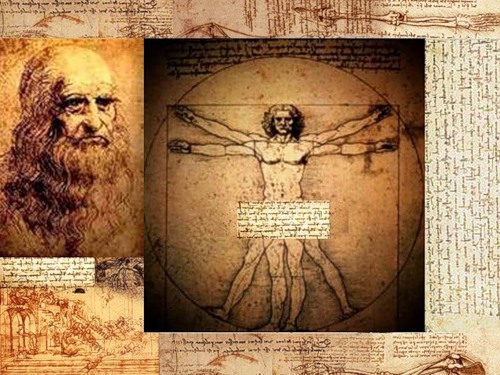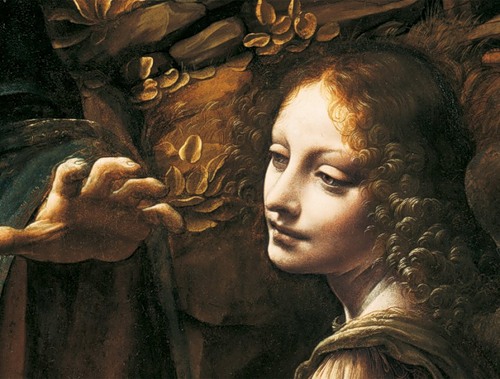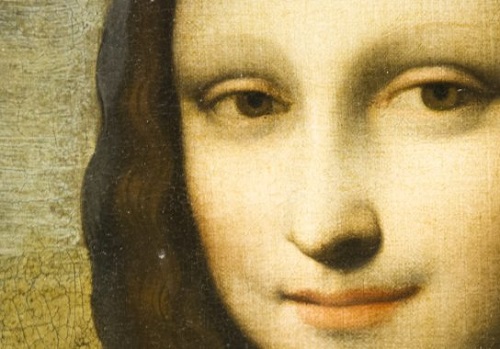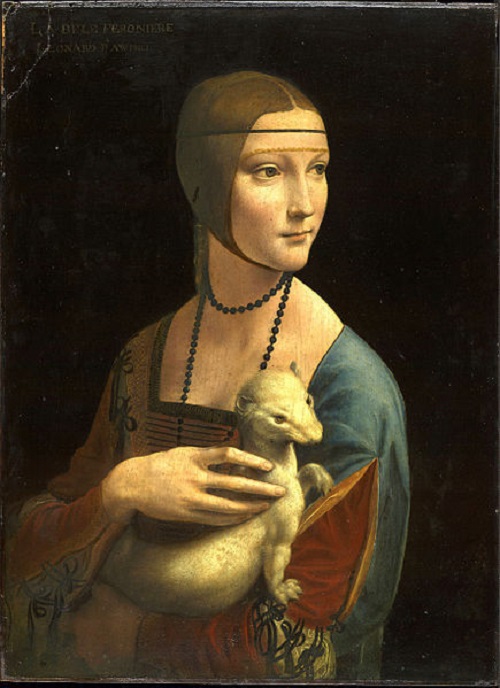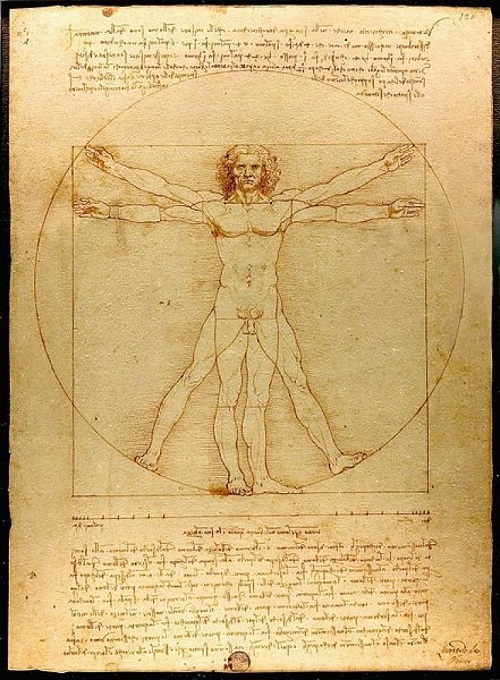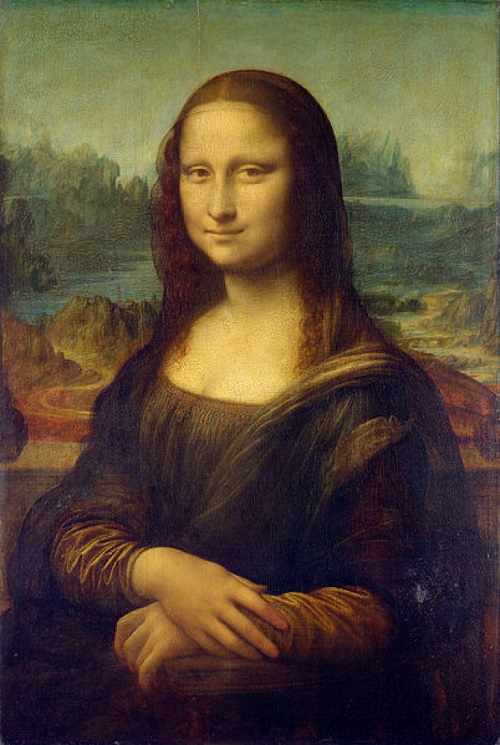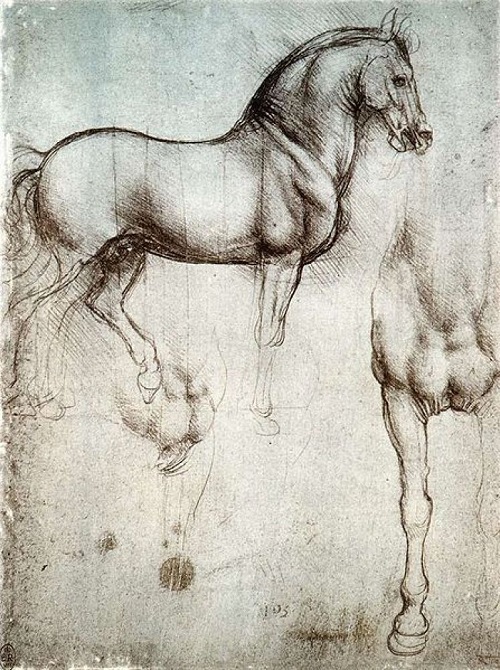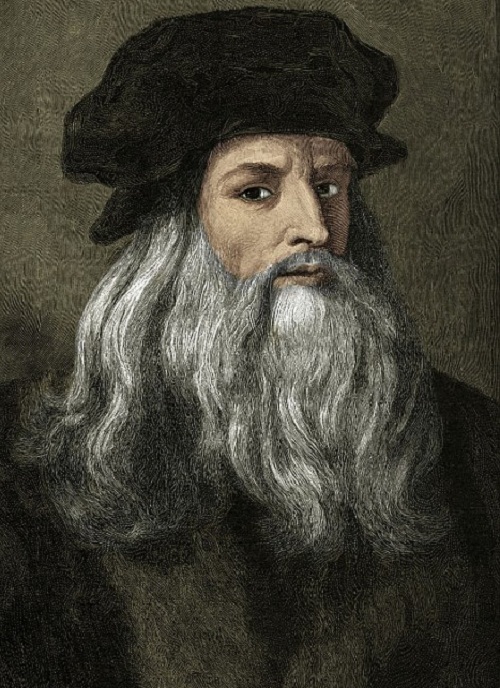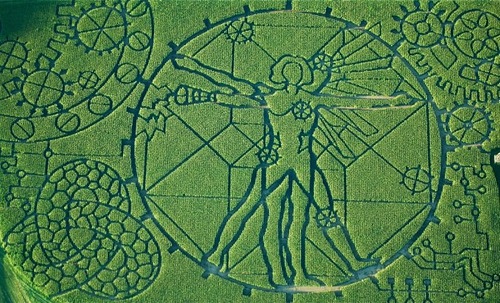Leonardo da Vinci the Italian Faust
Leonardo da Vinci the Italian Faust.
Leonardo da Vinci, the great Italian painter, sculptor, architect, mechanic, engineer, biologist and natural philosopher was the inventor of the plane, the tank, the submarine, more than five hundred years ago. He was the “universal man”, about whom Giorgio Vasari, the artist, said in 1550: “The heavens often rain down the richest gifts on human beings, but sometimes with lavish abundance they bestow upon a single individual beauty, grace and ability, so that, whatever he does, every action is so divine that he surpasses all other men, and clearly displays how his genius is the gift of God and not an acquirement of human art”. His contemporaries looked at him as a magician, an investigator of mysterious phenomena. The next generations called Leonardo the Italian Faust.
Leonardo was born in the village of Vinci (not far from Florence) on April 15, 1452 at a critical moment of the Italian Renaissance, when the New World was expanding. This period was a strange combination of vice and education, immorality and enlightenment. The Italians were brought up to not be one-sided, the main goal was a homo universale and encyclopedic knowledge. Alberti, Pico della Mirandola, Andrea Verrocchio, and many good Italian artists possessed breadth. But Leonardo’s universality is more than multi-faceted.
We know very little about his birth and childhood. Information about Leonardo, which isn’t always reliable, was handed down to us by his biographers, Anonimo Gaddiano and Giorgio Vasari. He was the illegitimate son of Piero da Vinci, a Florentine lawyer, and an unknown countrywoman. Messier Piero had twelve children, including Leonardo, and four wives during his 77 year’s life. At 30, he opened a business in Florence and succeeded. Leonardo was brought up on the estate of his father, and received the usual elementary education of that day: reading, writing, and arithmetic. As for Latin, the key language of traditional learning, he had to study it all his life.
His handwriting is astonishing; the Master was left-handed, and mirror writing came easily and naturally to him. His script can be read clearly and without difficulty with the help of a mirror.
Leonardo’s artistic inclinations must have appeared early. When he was fifteen, his father apprenticed him to Andrea del Verrocchio, the famous sculptor and artist. In Verrocchio’s renowned workshop Leonardo received a many-sided training which included not only painting and sculpture but the technical-mechanical arts as well. He also worked in the workshop next door of the artist Antonio Pollaiuolo, where he was probably first drawn to the study of anatomy. In 1472, after six years in the workshop, Leonardo was accepted in the Painters’ Guild of Saint Luke. His early mastery is revealed in an angel and a segment of landscape painted by him in Verrocchio’s the “Baptism of Christ” and in two “Annunciations”. Both of them were done in his teacher’s workshop.
Working in Florence, Leonardo didn’t find an outlet for his abilities. In 1482 he entered the service of the Duke of Milan; the more realistic academic atmosphere of Milan attracted him and he was fascinated by Ludovico Sforza’s brilliant court. Meaningful projects were awaiting him there.
Leonardo spent seventeen years in Milan, until Ludovico’s fall from power in 1499. He was listed in the register of the royal household as “painter and engineer of the Duke”. Highly esteemed, he was constantly kept busy as a painter and a sculptor, as a designer of court festivals, and as a hydraulic and mechanical engineer. He was also consulted as a technical adviser in the fields of architecture, fortifications, and military matters. His genius unfolded to the full in all its versatility and creative, powerful, artistic and scientific thought. In these years Leonardo turned toward scientific studies. He began his research into aerodynamics and submarine navigation.
Leonardo didn’t realize all his grand conceptions, nevertheless, as a painter he completed six works in the fruitful seventeen years in Milan. These are “Lady with an Ermine”, “A Musician”, the two versions of “ The Virgin of the Rocks”, the monumental wall painting of the “Last Supper”, and the decorative ceiling painting of the Hall of an Ass in the Milan Castello Sforzesco.
Unfinished was a grandiose sculptural project that was the real reason why Leonardo was invited to Milan. A monumental equestrian statue in bronze was to be erected in honor of Francesco Sforza, the founder of this dynasty. The master devoted nearly sixteen years – with interruptions – to this task.
In 1493 the clay model of the horse was put on open display on the occasion of the marriage of Emperor Maximilian with Bianca Maria Sforza. Preparations were made to cast the colossal figure, which was to be 8 meters high. But, because of imminent danger of war, the metal, ready to be poured, was used for cannons instead. So the project came to a halt. Ludovico’s fall in 1499 put a stop to this grandest concept of a monument in the 15th century. The ravages of war left the clay model a heap of ruins.
Three months after the victorious entry of the French into Milan in 1500 Leonardo left this city and stopped at Florence. There, after a long absence he was received with acclaim and honoured as a renowned native son. That year he was appointed an architectural expert to a committee investigating damages to the foundation and structure of the church of S. Francesco al Monte.
In 1503 Leonardo designed the project, first advanced in the 13th century, of building a large canal that would connect Florence by water with sea. He developed his ideas in the series of studies with exact measurements of the terrain and produced a map in which the route of the canal was shown but project was never carried out.
In these years four great creations appeared that confirmed Leonardo’s fame: the “Virgin and Child with St. Anne”, “Mona Lisa”, “Leda”, and “Battle of Anghiari”. The last was a mural for the Hall of the Florence’s Palazzo Vecchio and depicted a historical scene of monumental proportions (7 x 17 meters). Because of unsuccessful technical experiments with paints it remained unfinished. The “Mona Lisa”, who was a wife of a Florentine merchant Francesco di Bartolomeo del Giocondo, became the ideal type of portrait in European painting. It can be added that “Giocondo” was stolen from the Louvre in 1911, and in 1913 the portrait was found.
In May 1506, Charles d’Amboise , governor of the King of France in Milan asked Leonardo to go for a time to Milan; the artist had no hesitation in accepting the invitation. It became a permanent move. Honored and admired by his patrons d’Amboise and King Louis XII, who gave him a yearly stipend of 400 ducats, Leonardo never found his duties onerous. He sometimes advised in architectural matters and in canal building.
In Milan he did very little painting two Madonnas, which he promised the King of France, were never painted. At the same time, the Master gathered pupils around him. New pupils came, among them the young nobleman Francesco Melzi, Leonardo’s most faithful friend and companion until his death.
Leonardo’s scientific activity flourished. His anatomy studies involved dissecting 30 corpses in his lifetime.
In 1513 political events forced the now sixty-year-old Leonardo to move again, this time to Rome. He hoped to find a job there through his patron, Giuliano Medici, brother of the new Pope Leo X. Giuliano gave him some rooms in his residence in the Vatican and a monthly stipend, but no large commissions came to him. For three years the aging Master remained in the Eternal City, while other famous persons like Bramante, Raphael, and Michelangelo were active. There is no record of Leonardo’s relations with any artists in Rome, except Donato Bramante, the architect.
In a life of such loneliness, it’s easy to understand why Leonardo, despite his 65 years, decided to accept the invitation of the young King Francis I to enter his service. At the end of 1516 he left Italy forever, together with his most devoted pupil, Francesco Melzi. Leonardo spent his last three years in the small residence of Cloux, near the King’s summer palace at Amboise on the Loire. The admiring King left him complete freedom of action. Leonardo did very little painting; he only completed the painting of the enigmatic, mystical “St. John the Baptist”. He still made sketches for court festivals, plans for palaces; but Francis I treated him with great respect as an honoured guest.
On May 2, 1519, Leonardo died. He was buried in the palace Church of Saint-Florentin. But the church was damaged during the French Revolution and completely pulled down at the beginning of the nineteenth century. Hence, his grave can’t be found. Francesco Melzi fell heir to his artistic and scientific estate.
Leonardo da Vinci the Italian Faust
eng.1september.ru/article
